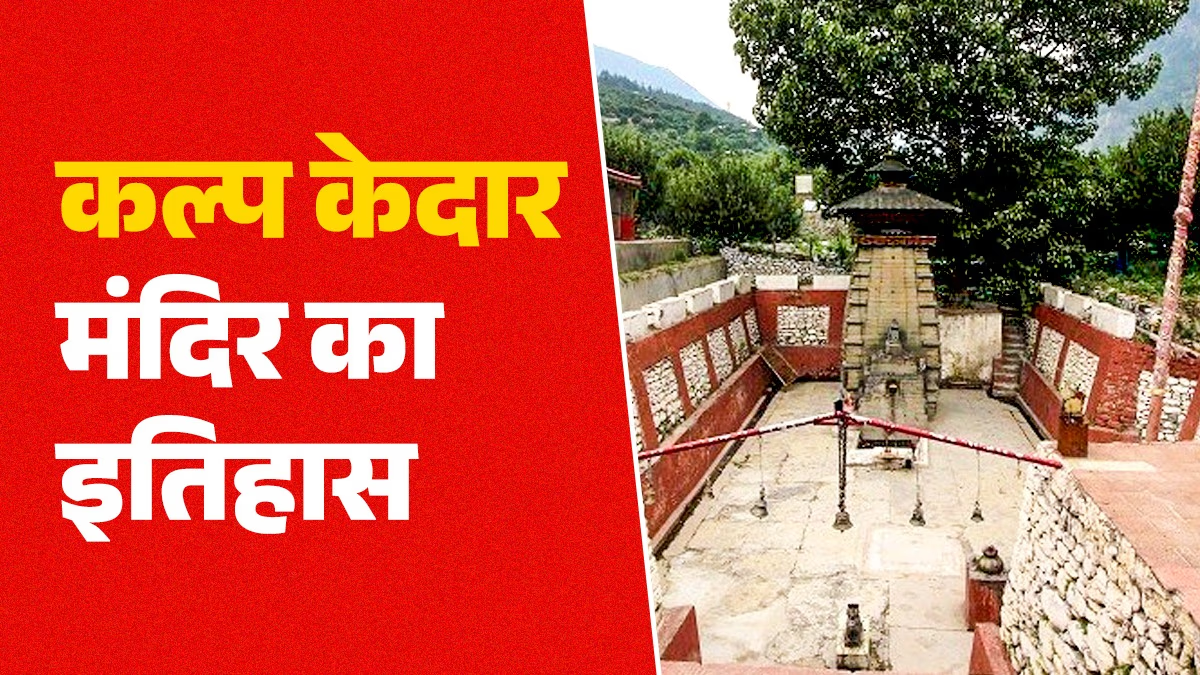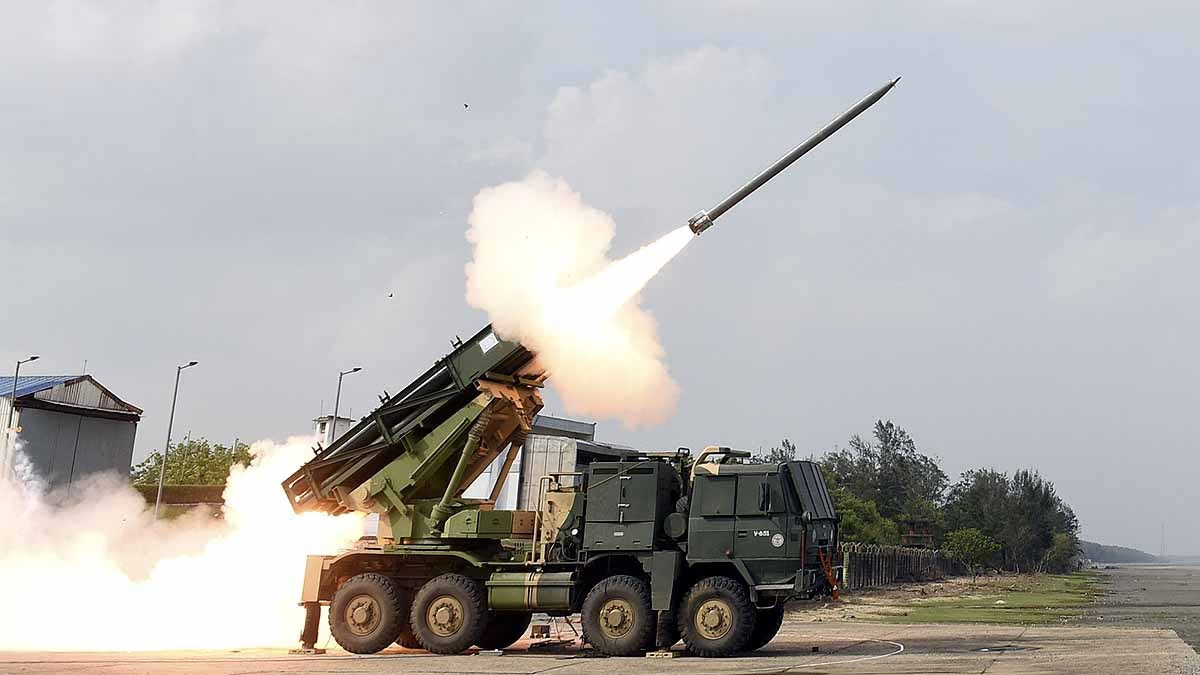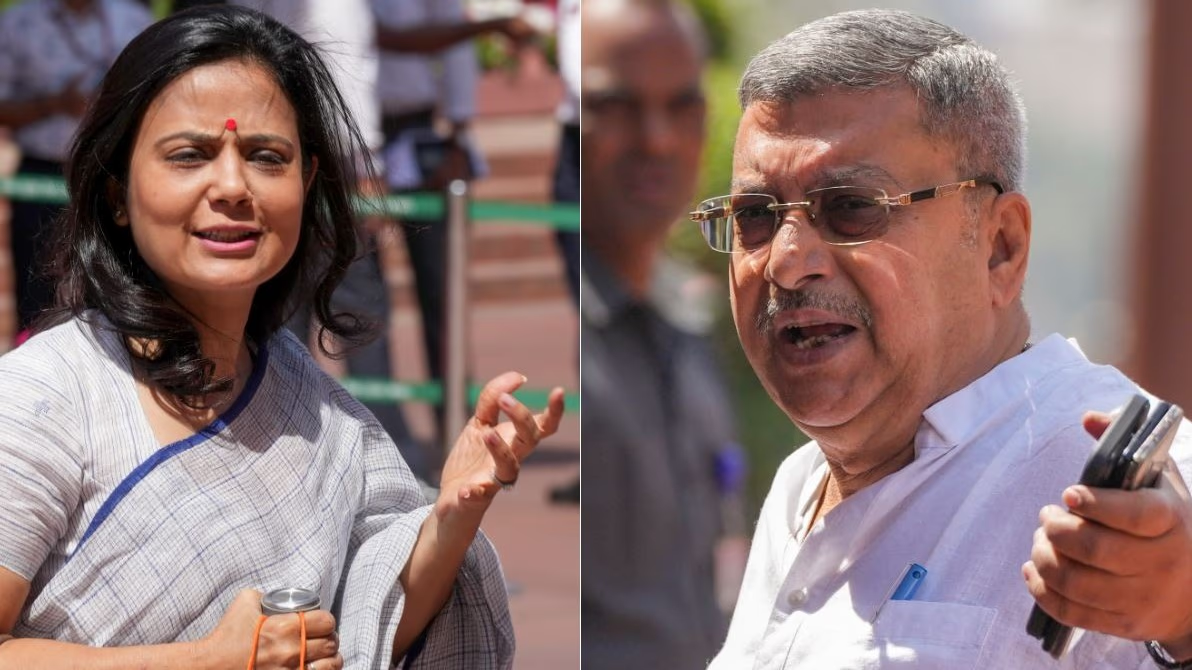On Tuesday, cloudbursts in Uttarkashi's Dharali resulted in a devastating landslide, sweeping away the entire village. What was once a thriving area of hotels and markets is now a scene of mud and murky waters, with debris towering over buildings. Reports suggest four fatalities and over fifty missing. Rescue operations are ongoing.
Kalp Kedar: A Shrine Dedicated to Lord Shiva
Amidst these tales of calamity, a remarkable piece of history stands out — the ancient temple dedicated to Lord Shiva, known as 'Kalp Kedar Dham'. It boasts an intriguing history, mirroring the tale of Kedarnath Temple which stayed hidden under ice for centuries. Kalp Kedar too lay buried or vanished due to floods or similar disasters.
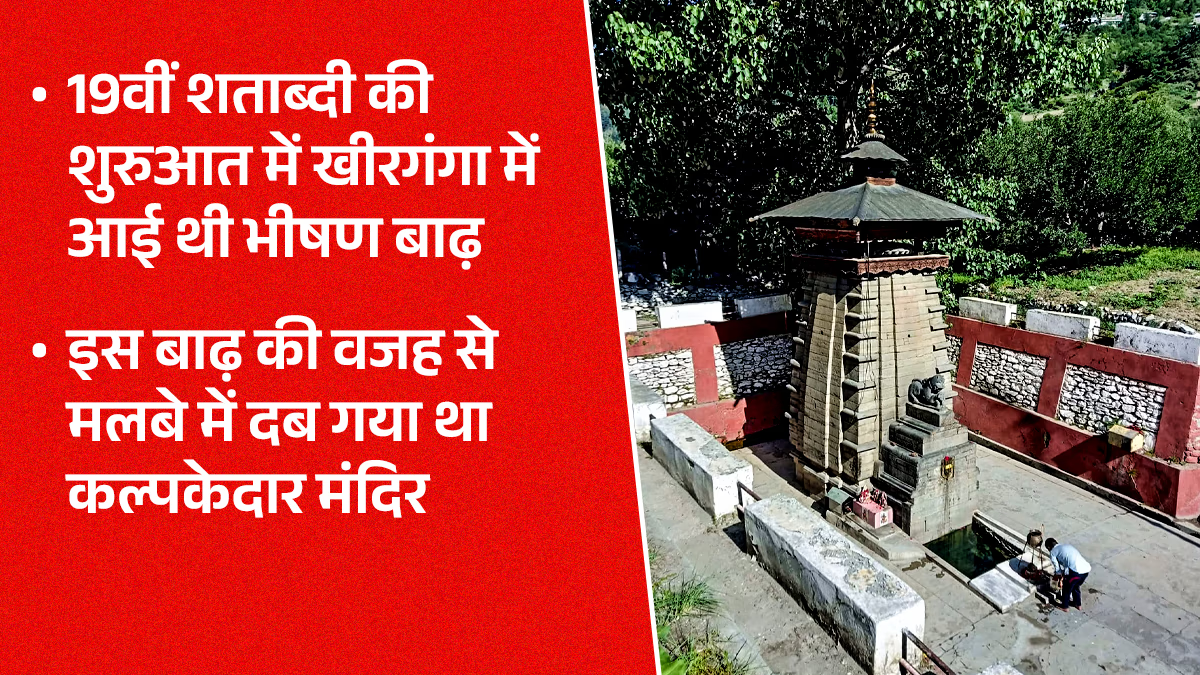
Source: aajtak
The Discovery of the Temple
According to the Kaafal Tree website, dedicated to preserving Uttarakhand's mountain culture digitally, the temple is ancient but opened to devotees in the last century. In 1945, when the flow of Kheer Ganga reduced, a temple spire emerged, leading locals to dig. After nearly 20 feet of excavation, a complete Shiva temple with ancient architecture came to light.
Water in the Sanctum Sanctorum
Local resident and social activist Dwarika Prasad Semwal provides detailed insights into the temple's history. He notes the unveiled structure closely resembles Kedarnath Temple. Today, most of the temple remains buried, with devotees descending to offer prayers. He mentions Kheer Ganga water frequently seeps into the sanctum, which lies below ground level, with an entrance crafted by removing surrounding earth.
A Temple Supposedly Lost in 19th Century Flood!
Some claims suggest that in the early 19th century, a massive flood in Kheer Ganga swept the temple away, deeming it lost in debris. When it resurfaced in 1945, following excavation, this was thought to be among the 240 disappearing temples due to geographical shifts. It's also speculated Adi Shankaracharya built it during his mission to revive Vedic traditions.
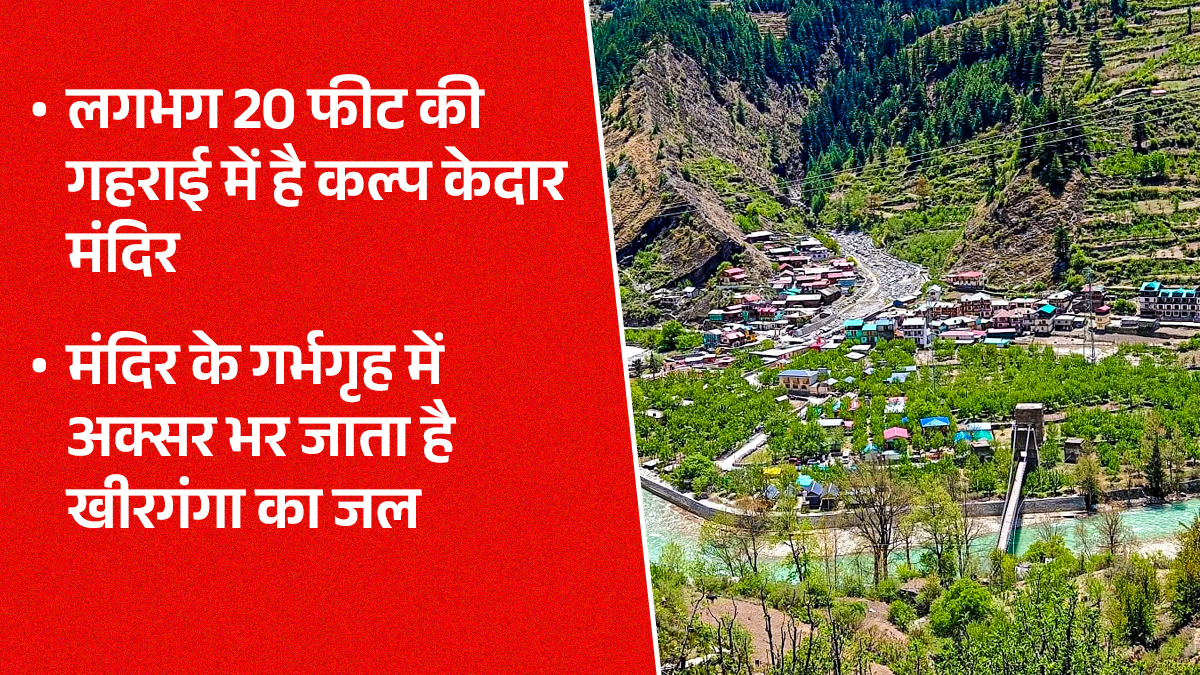
Source: aajtak
Crafted in Katyuri Architectural Style
Kalp Kedar Temple is crafted in the Katyuri architectural style. Its sanctum is about seven meters below the entrance. It houses a pristine white spar statue of Lord Shiva. The temple's exterior showcases intricate carvings of lions, Nandi, Shivlings, and jars. The main Shivling's elevated bull-shaped (Nandi Pitham) structure resembles that of Kedarnath's. Dharali, located 73 km along the Uttarkashi-Gangotri route, is at the confluence of the Bhagirathi and Kheer Ganga. Historically dubbed Shyamprayag, archaeologists date the relics of Kalp Kedar and Dharali to the 17th century.
